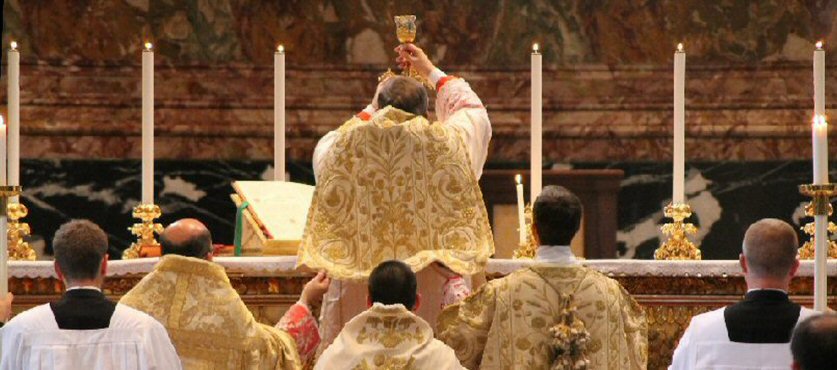Statistical evaluation of the
Roman Catholic Church in the Netherlands
by ir. J.P. Oostveen
Introduction
About 12,5 years
ago the Dutch foundation 'R.K. voorlichting' at Oegstgeest in The Netherlands
has published the report 'Prospectives
for growth' a study on the development of the Roman Catholic clergy
in The Netherlands at one hand At the other hand last year, november 1997,
a sociological study has been published based on a rather small number
of interviews: 1300 people of all nominations of which 21 % were R.Catholic.
Therefore
it seems to be a well chosen moment for an evaluation, which has been carried
out on personal initiative of the author,who also was involved to that
study 12,5 years ago.
It is known
that a lot of people have difficulties in reading tables of data very well.
Visualization of the same data by graphics can show them much more insight
into those dates. Although the available data are not fully complete, there
is enough information available to make this short statistical evaluation of the public
data of the Dutch Roman Catholic Church.
All data used
in this evaluation are published in several publications of the KASKI (the
Catholic Social Ecclesiastical Institute), especially the 'Kerncijfers
uit de kerkelijke statistiek van het R.K. Kerkgenootschap in Nederland', the several yearbooks of the CBS
(the National Centre for Statistics) and a statistical study by J. Dellepoort (J. Dellepoort, De priesterroepingen in Nederland, 1955, Dutch).
To be as objective
as possible this evaluation gives all the data in a historical perspective
as well in absolute data as in relative data. For the relative data it
has been tried to give well based objectives to compare the data. Therefore
in the 'Graphics
overview' the graphics have been given without comments too. Descriptions
and comments belonging to these graphics can be found separately in Evaluations
, Analysis and Conclusions
Separately
from this analysis there is also some informations about the number of priest and
ordinations per diocese has been given
This study pointed out that by the historical and statistical date, without miracles, it cannot be expected that the number of vocations will increase in the near future and even on long term.
It also shows that the number of active priests will decrease to about 750 priests round 2010 and even within 4 to 5 years this number will be decreased below 1000, which is far below the number of parishes (about 1650) in The Netherlands. Taken into account the delay of about the 6 years at the seminary between vocation and ordination as well as the number of seminarians, the decreasing development of the priest population is rather hard and very seriously.
Although the simulations, carried out in 1985, show this phenomenon is a process in terms of generations in which short term effects cannot be expected, it should be possible to turn the disastrous tendencies, by:
- In spite of the good and well willing priests left, in fact the Netherlands has became a missionary area and a lot of missionary priests has to be stimulated to come to the Netherlands in short term.
- As soon as possible real Catholic schools in which vocations can grow, stimulated by really Catholic teachers, has to be founded
Because of the long term effect of this phenomenon the above mentioned actions has to be started as soon as possible. Waiting and discussions how to handle makes the situation in the Netherlands more and more serious and at least there will be no solution at all.
